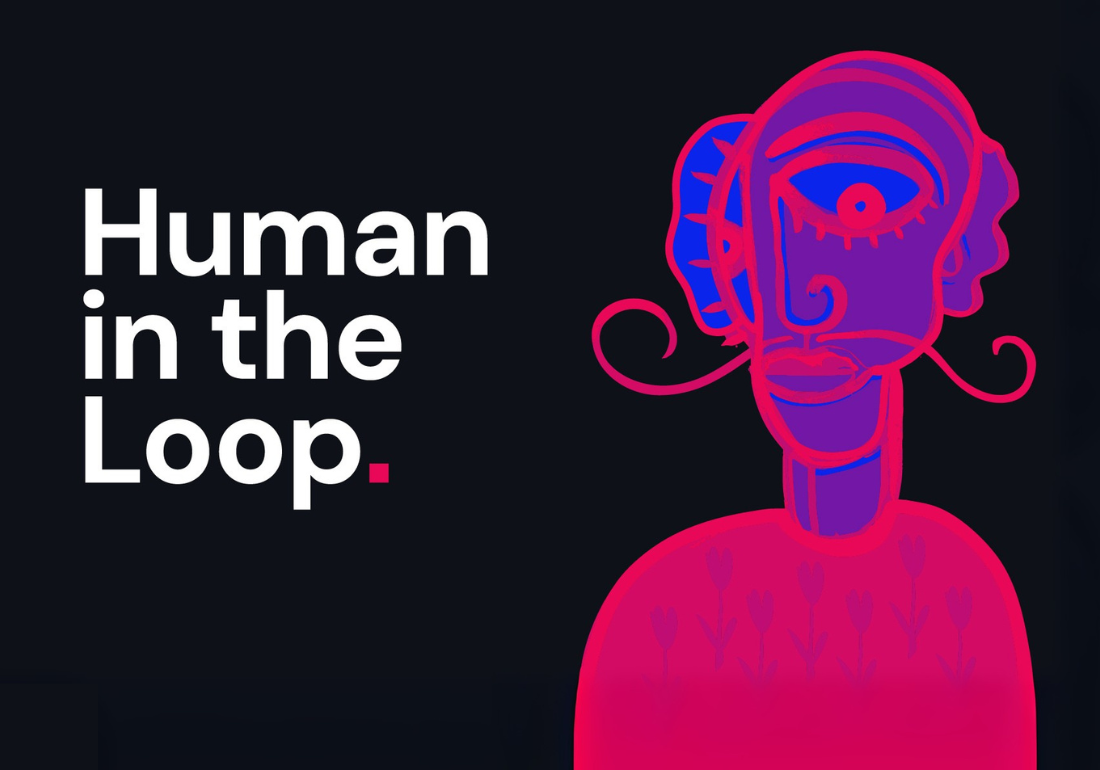How We Embedded AI Across RUSH.

We're all living through one of the most significant technological shifts in recent memory, the AI transformation. For digital businesses like ours it's led to redefining how work gets done, how value is created, and what clients expect from their partners.
We recognised early on that the biggest risk is standing still. We decided to move fast but we also knew that meaningful adoption couldn't be driven by leadership alone or solved by choosing the right tool. To succeed, AI needed to become part of our company's DNA, something every person understood, felt ownership of, and could apply in their daily work.
This is our inside scoop at how we turned AI from curiosity to habit. From early experiments to full integration, we're sharing the practical steps, people-led tactics, and cultural choices that helped make the shift stick.
Start Small, Start Real
We kicked off our AI journey in mid-2024 with a foundational training series covering prompt design, custom GPTs, AI safety, and AI-enabled development tools like Cursor. But we knew it couldn’t just be about ticking the knowledge box — it had to resonate. So we made the sessions exploratory, conversational, and focused on building confidence over compliance.
Our goal was to wow our people — not through hype, but by making AI feel relevant and powerful in their day-to-day roles. Whether you were an engineer, designer, delivery lead, or ops specialist, we wanted you to walk away thinking, “Oh — this could actually help me.”
To help bring that vision to life, we launched the AI Champions Network, a group of early adopters from each chapter who took the lead in showing what good looked like. Their role was to demonstrate what was possible, share real use cases, and encourage others to experiment. By embedding AI champions inside teams, we created visibility, momentum, and an internal support loop that helped make AI feel both accessible and aspirational.
Tailored by Team
We learnt that abstract, all-staff enablement had limits. Teams needed to actually see how AI could improve their work, not just be told it was important. So we pivoted to a chapter-based approach, building tailored enablement streams aligned to each team's needs.
Engineering & QA received deep dives on Cursor IDE for AI-assisted development and code review. They learned new features, prompting techniques, and practical usage that actually mattered to their daily work.
Design teams used AI in Figma to test content constraints and generate synthetic user personas for prototyping. This way, they could explore ideas faster and push boundaries further.
People & Culture applied AI to synthesise quarterly feedback, analyse engagement trends, and support performance reviews. What used to take hours now takes minutes, freeing up time for the human stuff that really matters.
Finance explored use cases like budget validation, forecasting, and benchmarking with AI tools.
We wanted to make work better for the team, not just to push adoption.
Making AI Routine
To move beyond experimentation, we embedded AI into the daily rhythm of the business. AI roadmaps made our plans transparent and trackable. Regular show and tells became a ritual for sharing wins, whether it was a working prototype, a time-saving prompt, or a quick demo.
Slack channels gave teams an open forum to swap prompts, troubleshoot, and ask for help without judgment. The best discoveries often happened in these casual conversations.
We also introduced quarterly micro hackathons, short, focused events where cross-functional teams could try things in real time. These included sessions like AI Rapid Strike and Customer Blitz, where the goal was to build. In just a few hours, teams shipped tangible outcomes like internal playbooks to guide AI-assisted development, tools for safe handling of sensitive information, prompt-based assistants to support performance feedback workflows, and voice-controlled coding experiments that support accessibility.
These weren't hypothetical ideas. They were used, tested, improved, and reused. Many have become part of our daily toolkit or sparked client interest in practical, real-world AI use.
Measuring What Matters Builds Momentum
To keep momentum (and check our blind spots), we put measurement in place early. We track monthly Cursor IDE adoption and usage metrics to understand where AI is being used in engineering workflows, and where it's not. We also use our Peakon engagement platform to pulse the business monthly with AI-specific questions.
This gives us anonymous feedback on sentiment, perceived value, and blockers across teams. These signals help us adjust enablement pathways, identify champions, and keep the transformation people-led, not just process-driven.
Change Isn't Linear
Even in a high-performing tech company, not everyone moves at the same pace. Some of our most experienced engineers were understandably cautious, not because of resistance, but because new tools challenged well-established workflows. Rather than push harder, we leaned into opt-in learning spaces and created peer-pairing opportunities through our AI Champions Network. This helped bridge the gap between early adopters and the AI-curious.
Trust Is Earned
Many of our enterprise clients had legitimate concerns about data privacy and security. AI adoption varied between squads depending on client policies. We took a "lead by example" approach, using AI in internal rituals, retros, and documentation. We shared our AI usage policy, created visibility, and let clients decide when they were ready to engage.
Fatigue Is Real
AI entered the picture during a period of intense delivery. We knew that layering in tools, practices, and new expectations could tip the balance. So we avoided mandates. We offered visibility, light structure, and opt-in opportunities, and that approach paid off. People adopted AI when they were ready, not when they were told to.
Skepticism Is a Signal
Externally, AI hype was everywhere, and not all of it was credible. Internally, that created hesitation. So we made a conscious choice to avoid spin and exaggeration. Every use case we talked about had to be real, proven, and owned by the team that delivered it. That grounded approach helped build long-term trust.
What's Next
What began as a deliberate initiative has now become embedded in how we work. In FY26, we made it official, anchoring AI in our company strategy. Our ambition is to be the most trusted, secure, AI-first human and customer-centred digital partner in Aotearoa and beyond.
And we're already seeing that shift play out. AI is now a feature of most client proposals, and a significant share of our project revenue includes AI-led work. It's embedded not just in what we pitch, but in how we deliver.
Internally developed tools, like our playbooks and feedback assistants, have matured into reliable assets. Some have even attracted external interest, a sign that practical, grounded innovation travels well.
We're also working with clients who want to make a similar shift. Our AI Empowerment Proposition offers a structured approach to AI enablement, helping teams move from curiosity to capability, and from pilot to production.
We aim to keep evolving our playbooks, growing our Champions Network, and developing AI tools that are secure, inclusive, and useful. Innovation is a continuous practice and we’re not ‘done’ yet.








